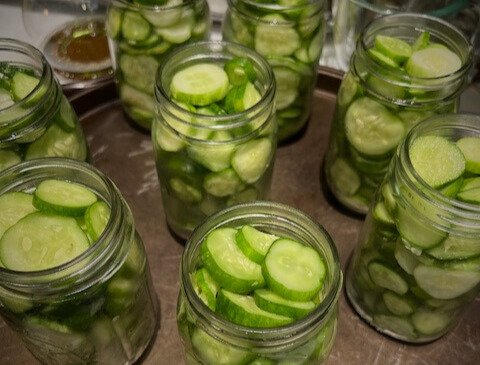From Fluff to Feathers: Our Guinea Fowl Journey
🐣 Week 1: Welcome Home, Tiny Tornadoes
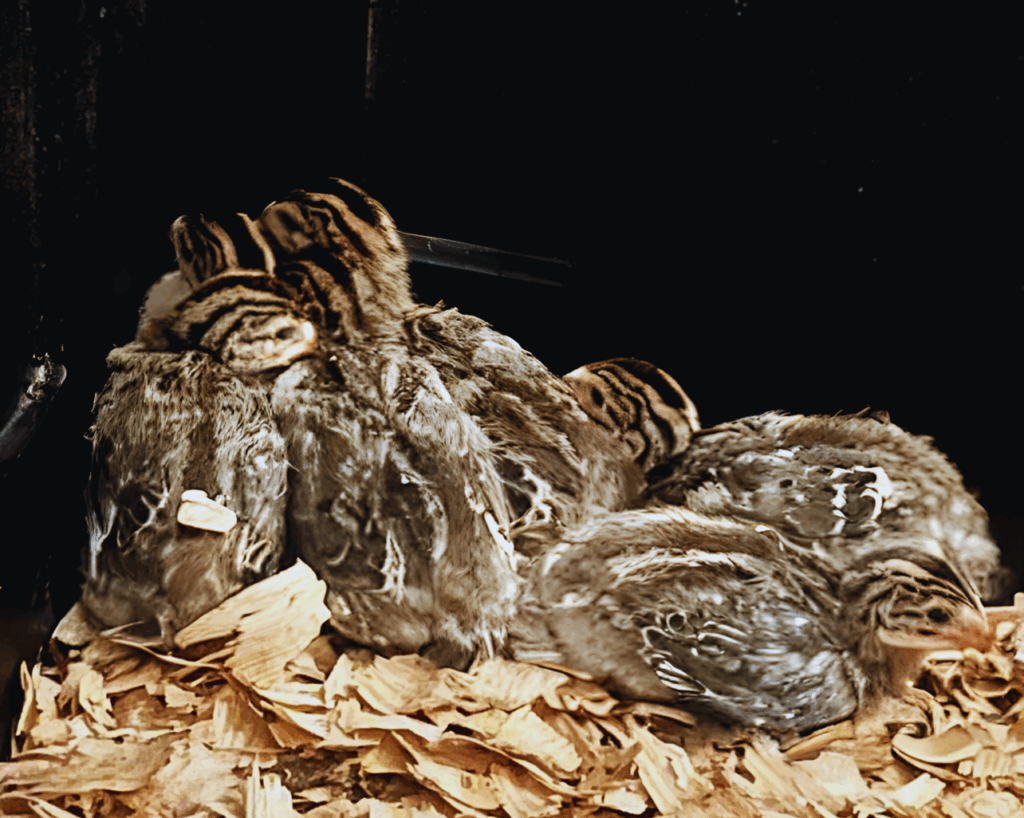
We brought the keets home and placed them in a warm brooder (we used a large plastic bin with pine shavings). The temperature stayed around 95°F, with a heat lamp overhead. We gave them:
- Non-medicated chick starter feed
- Fresh water with electrolytes
- Shallow dishes to prevent drowning
💡 Tip: Guineas are wild at heart—start handling them gently now if you want friendlier adults.
🐥 Weeks 2–3: Feathering Up & Finding Their Voices
Their wing feathers started coming in quickly. We lowered the heat slightly each week (about 5°F per week). They began jumping, flapping, and play-chasing each other.
🧼 We changed bedding every other day to keep the brooder dry and clean. Their appetite doubled overnight.
💬 Lesson learned: Guineas are chatty. And they practice yelling early.
🐤Week 4: The Great Escape Artists
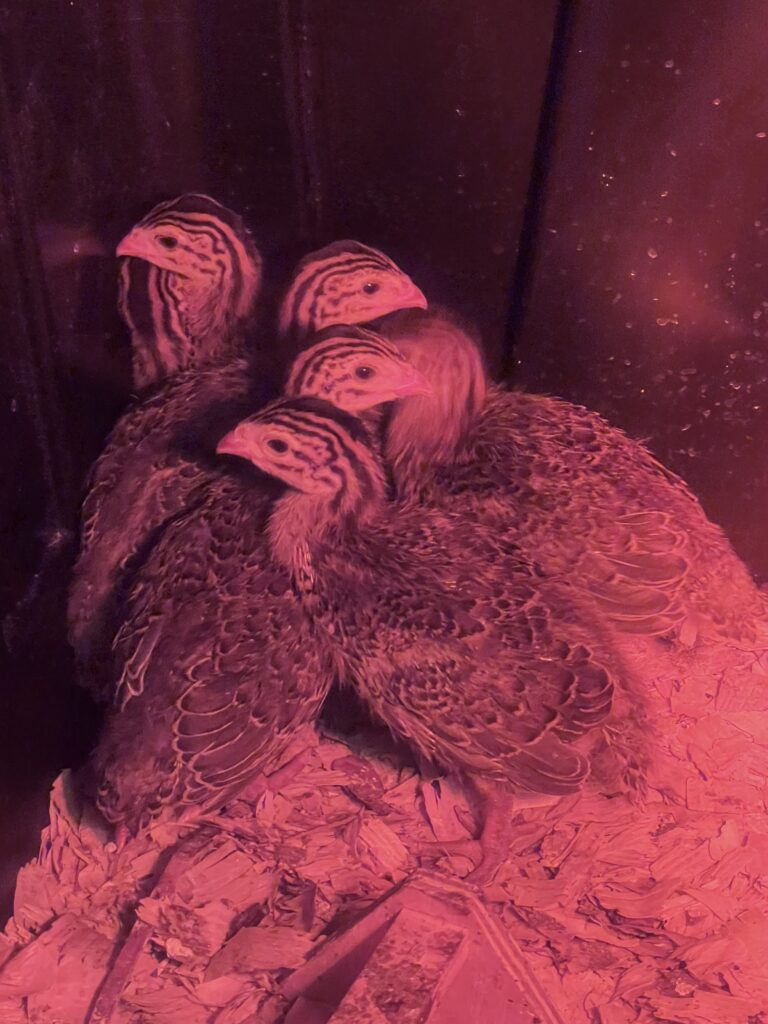
By now, they were little ninjas—jumping out of the brooder whenever they could. We upgraded their space by removing the bin and using an extra large dog kennel for fencing.
We introduced small items to roost on and prepare them for coop life. Their feathers were mostly in, and they were growing fast!
🐛 We also offered dried mealworms to start building their foraging instincts.
🐔Weeks 5-6: Coop Life Begins
With temps warm enough, we transitioned them into the coop full time. We kept their heat lamp on standby at night and made sure it was predator-proof.
They started learning “home base” and developed a pecking order. At this stage, guineas start to look like little dinosaurs with polka dots!
As you can tell, they aren’t big fans of their humans yet.
🙏 We thanked the Lord for every morning we woke up and they were all accounted for.…until they weren’t.
🪶Week 7-8: Roaming & Routine
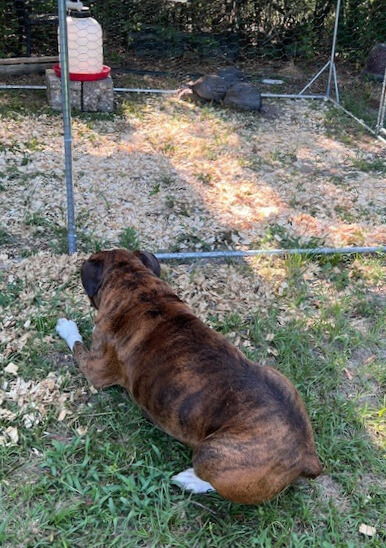
We introduced the attached run during the day and brought them in at night. Their signature “buckwheat” and alarm calls started, which kept us on our toes.
💦 Waterers were cleaned daily, and they still ate mostly chick feed with some greens and mealworms added in.
🐾 Our dog, Stitch (aka unofficial flock guardian), began watching them like a hawk—thankfully, not as a hawk.
🐓9 – Now: Settled in and Sassy
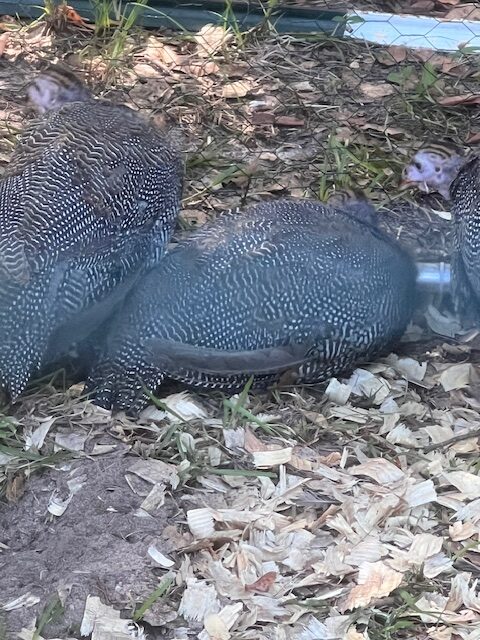
Now fully feathered and about the size of a small chicken, they’ve claimed their coop, their run, and their routine. They dust bathe, sunbathe, and call roll multiple times a day.
They still sleep in the coop but spend most of their day scratching, chasing bugs, and giving unsolicited commentary on every squirrel, leaf, and shadow.
Final Thoughts:
Raising guineas isn’t for the faint of heart, but it sure brings a lot of laughter, learning, and life to the homestead. We’re so glad we started this journey—and even more thankful for every little feathered blessing along the way.
If you’re raising keets or thinking about it, feel free to drop your questions below or share your experience. From our coop to yours—God bless and happy homesteading!
🪶
Amanda
❓Have a Question? Ask Away!
Are you raising guineas? Thinking about starting a flock? Or maybe just curious what these polka-dotted screamers are good for?
📝 Use the comments below to ask your question, share your guinea story, or just say howdy! I’d love to hear from you, pray over your journey, and maybe even feature your question in a future post.
“Therefore encourage one another and build one another up, just as you are doing.” – 1 Thessalonians 5:11
